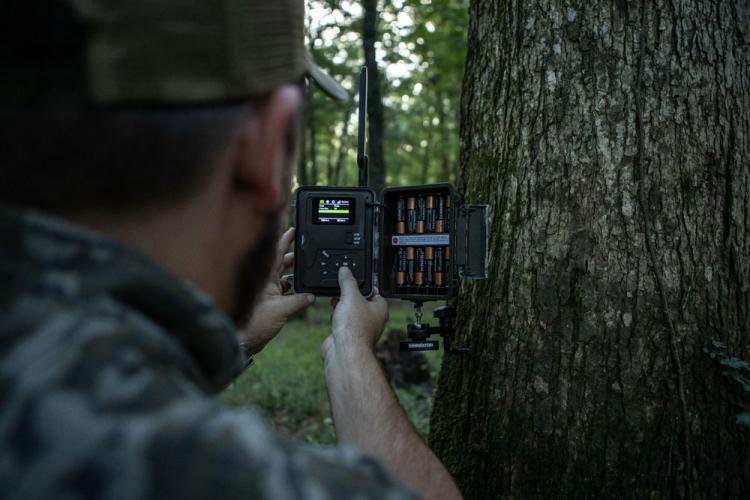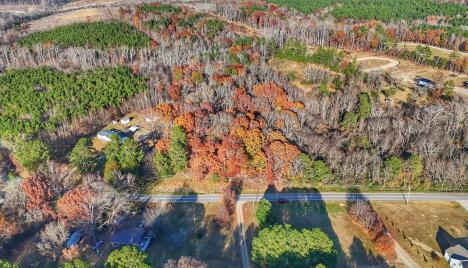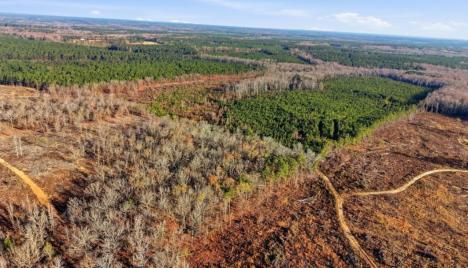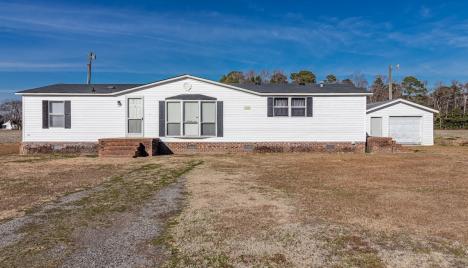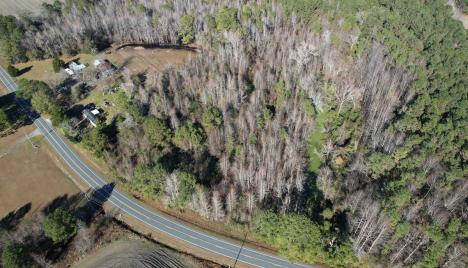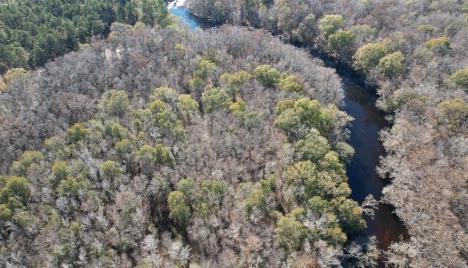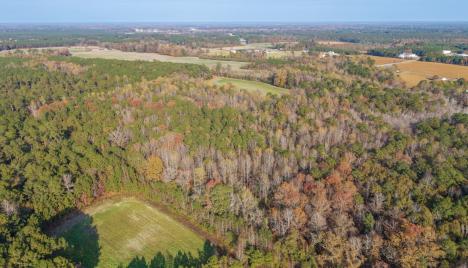D.J. Randolph
Have you taken the leap yet or are you still a little unsure? Is your cellular camera a reliable scouting tool or are you still trying to figure it out?
I am a self-confessed trail camera addict. I have been for years. Don’t ask me how many I have because I’m not sure. I’ve been experimenting with cellular trail cameras over the last 3 years. I have tried several brands in that time and found things I like and things I dislike about each one. Some things are just a matter of personal preference and old habits. Some things are a matter of rethinking and learning from my mistakes. The great news is that these cameras have come a long way and are getting better every year.
So how do you get the most out of this new toy that you just paid good money for and are paying a monthly charge for? Here are a few tips that will hopefully help you get more and better pictures with that new cellular camera.
The biggest complaint/question that I hear with cellular cameras is that it’s not sending or taking as many pictures as my regular camera. There is a reason for this. No matter how fast the trigger speed is on your camera it can only send pictures at the speed of cellular service. There are usually a couple of options for sending pictures back to a website or an app on your phone. You can choose to send the pictures immediately or send all the new pictures at a certain time of day. Of course, we’d all love to get those pictures immediately but that means we will get less pictures. Why? For all the cameras that I have tested, the camera must trigger, take the pic, store the pic, connect to the cellular service and send the pic. Depending on the picture quality setting, cellular signal and battery strength, this can take anywhere from 1 to 3 minutes. In my experience, times get even longer in extreme cold. I have gone from sending pictures immediately to sending at a certain time of the day on all of my cameras. This took some getting used to but in my experience, this works much better.
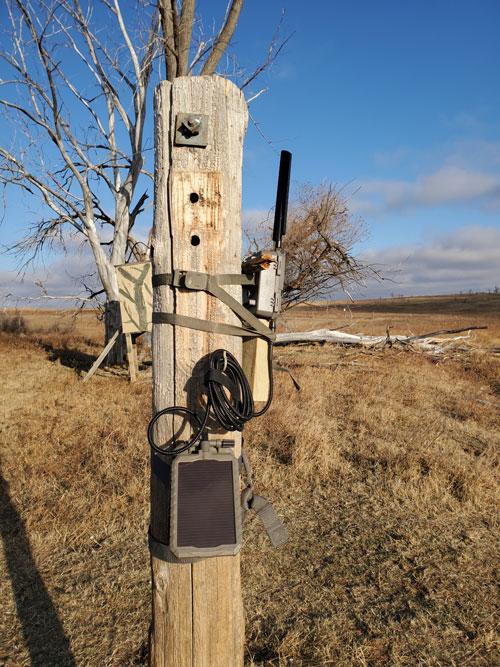
Make sure that you have a good cell signal. The places that we hunt don’t always have great cell service. If signal is marginal or poor there are some great options for external antennas that will improve that signal. One option that I found comes with a 10-foot cord. In a few of my locations, getting that antenna up higher made a big difference in camera performance.
Some brands have a system where cameras communicate with a master camera that send the pictures. For this system to work, you must have good cell service for at least one camera.
Antennas can break easily. I had one instance where the camera on a post in a field kept getting the antenna broken off. One day when going to that setup, I saw a large owl perched on the post and found another broken antenna. I had to move the camera lower so that the owl had no contact with it when it roosted. One nice thing about the external antenna with a cord is that it’s more durable if you take time to secure the cord.
Use a quality SD card. I am guilty of using SD cards forever. When I got my first few cellular cameras, I dug a couple of those 10-year-old, 4GB, ancient SD cards out of my backpack and put them in the new camera. I was having trouble getting quality pictures sent in a timely manner. A little research showed that the newer SD cards write many times faster than those old ones did. A new, faster, 32GB SD card can be purchased for less than $20 and improves performance in the newer faster cameras.
Batteries can be a frustration with any trail camera but even more so with cellular. It takes a lot of power to link up to the cellular service and send pictures (hopefully a lot of pictures). Most trail cameras have an option for an external battery source. These vary from one manufacturer to another. Some will charge the batteries in the camera using an external solar panel. Others require a separate source and don’t charge the batteries in the camera. It’s important to know how your camera functions and what cables are required. I have found that setting up a solar panel and/or an external battery has made my cellular cameras almost maintenance-free. More advice from personal experience: It is easy for squirrels, raccoons, or some other critter to pull the charging cord out of the bottom of the camera. I have started making sure the cord is strapped to the tree or post.
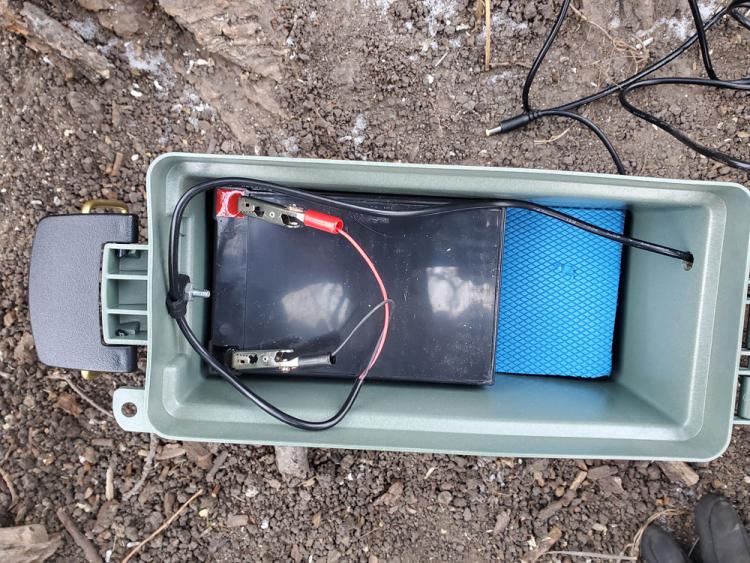
Is It Worth It?
Yes, but there is a learning curve. I have gotten my setups to be virtually maintenance-free. It requires a little more effort and a little more money but when your setups are very remote, the saved time and money are recouped very quickly. So, I invite you all to go out and try a cellular camera and hopefully learn from my mistakes instead of your own.
My tips from experience:
- Send pictures on intervals not immediately.
- Use quality SD cards.
- Use an external battery source.
- Protect your antennas and your charging cords.
- When your setups are remote, a solar panel and/or an external battery source can save you many miles and many hours checking on cameras.


